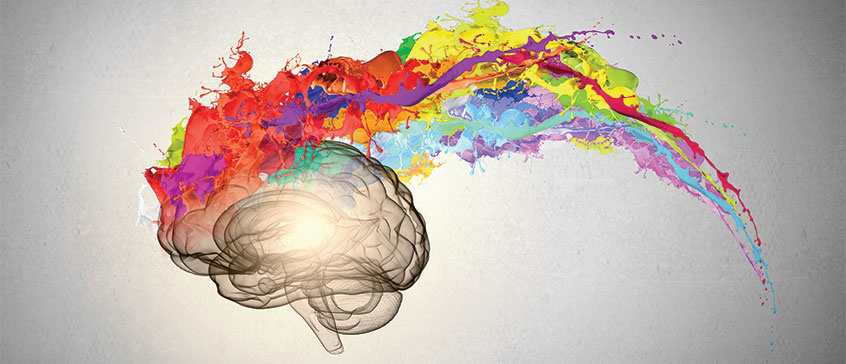Digging Into the Diverse World of Artistic Expression: From Surrealism to Abstract Realism
In the realm of creative expression, from the dreamlike landscapes of surrealism to the detailed play of light and kind in abstract realistic look, musicians have actually continuously pressed the limits of creative thinking and creative imagination. As we discover the multifaceted globe of art, we are presented with a tapestry of styles, methods, and viewpoints that challenge our understanding and prompt contemplation.
Surrealism: Unleashing the Subconscious
Surrealism, an avant-garde imaginative activity of the 20th century, looked into the depths of the subconscious, introducing a world of dream-like images and unique juxtapositions. Led by artists like Salvador Dali, René Magritte, and Joan Miró, Surrealism looked for to test the conventional ways of comprehending and seeing art. Via strategies such as automatism and dream evaluation, Surrealist musicians intended to take advantage of the unconscious mind to reveal covert truths and needs.
One of the key aspects of Surrealism was the emphasis on the unreasonable and the astonishing. By integrating unanticipated components in their jobs, Surrealist musicians aimed to produce a feeling of disorientation and shock in the viewer. This disturbance of logic and reason was suggested to prompt a much deeper exploration of the subconscious and the enigmas of the human mind.
Abstract Realistic Look: Redefining Assumption
Challenging standard imaginative borders, Abstract Realism redefines assumption via the blend of recognizable aspects with abstract types. This innovative approach to art incorporates the representational precision of realism with the innovative freedom of abstraction, providing audiences an unique aesthetic experience that prompts them to examine their perception of fact.
In Abstract Realism, artists strive to record the essence of their topics while also infusing their job with a sense of deepness and complexity through abstract elements. By mixing the acquainted with the unfamiliar, these artists invite target markets to engage with their items on several degrees, motivating them to check out the nuances of form, structure, and shade.

Cubism: Fragmentising Reality
Utilizing fragmented perspectives and geometric types, Cubism revolutionized the imaginative representation of fact in the early 20th century. Developed by Pablo Picasso and Georges Braque, Cubism looked for to challenge standard concepts of point of view and representation. By damaging down objects and numbers into geometric forms and offering them from multiple perspectives all at once, Cubist artists intended to capture the significance of the subject instead than its literal look. This technique not only deconstructed fact however likewise highlighted the monotony of the canvas, leading the way for future abstract art movements.

Cubism can be categorized right into 2 main phases: Analytical Cubism, defined by single color design and elaborate, fragmented types; and Artificial Cubism, which included collage elements and brighter colors right into the compositions. Via these distinct phases, Cubism affected not only painting yet also architecture, sculpture, and layout. trump art. Its impact reverberated throughout the art world, inspiring musicians to check out brand-new ways of standing for the world and analyzing around them
Expressionism: Emotions on Canvas
Discovering the midsts of human feelings through dazzling and meaningful brushstrokes, Expressionism became an extensive artistic movement in the very early 20th century. Unlike previous art motions that concentrated on the original source illustrating the outside world, Expressionism dug right into the interior world of the musician's psyche, aiming to stimulate raw emotions and provoke natural actions from viewers.
Expressionist musicians, such as Edvard Munch, Egon Schiele, and Emil Nolde, rejected traditional notions of charm and realism for misshaping form and shade to share subjective feelings. Making use of exaggerated brushwork, vibrant shades, and altered figures assisted develop a sense of anxiousness, alienation, or passion in their works.
Among the most popular examples of Expressionism is Munch's "The Scream," which catches the extreme anxiety and anguish of contemporary life through its swirling, distorted figure against a blood-red sky. With their psychologically charged jobs, Expressionist artists looked for to challenge traditional imaginative standards and offer a home window right into the stormy depths of the human heart.
Contemporary Art: Developing Point Of Views

Among the defining qualities of contemporary art is its constant evolution visit this site and capacity to adjust to transforming social landscapes. Musicians are progressively including technology right into their practice, obscuring the lines between the digital and physical realms. This combination of mediums permits innovative ways of narration and involving with target markets in an extra interactive fashion.
Furthermore, contemporary art often acts as a system for social discourse, resolving pressing concerns such as identity, national politics, and the setting. Musicians are utilizing their job to spark crucial discussions and provoke idea, shedding light on the complexities of the globe we reside in. As perspectives continue to progress, contemporary art remains a dynamic and prominent force in forming our social landscape.
Final Thought
To conclude, the world of artistic expression encompasses you can try here a broad variety of styles and movements, each with its very own special strategy to conveying definition and feeling. From surrealism's expedition of the subconscious to abstract realistic look's redefining of understanding, and from cubism's fragmentation of truth to expressionism's portrayal of feelings, art continues to evolve and test point of views - trump art. Contemporary art mirrors the ever-changing globe we live in, supplying brand-new means to interpret and recognize the complexities of our truth
As we discover the multifaceted world of art, we are offered with a tapestry of designs, methods, and philosophies that test our understanding and prompt reflection. Its effect resounded across the art globe, inspiring artists to check out brand-new means of translating and representing the world around them.
